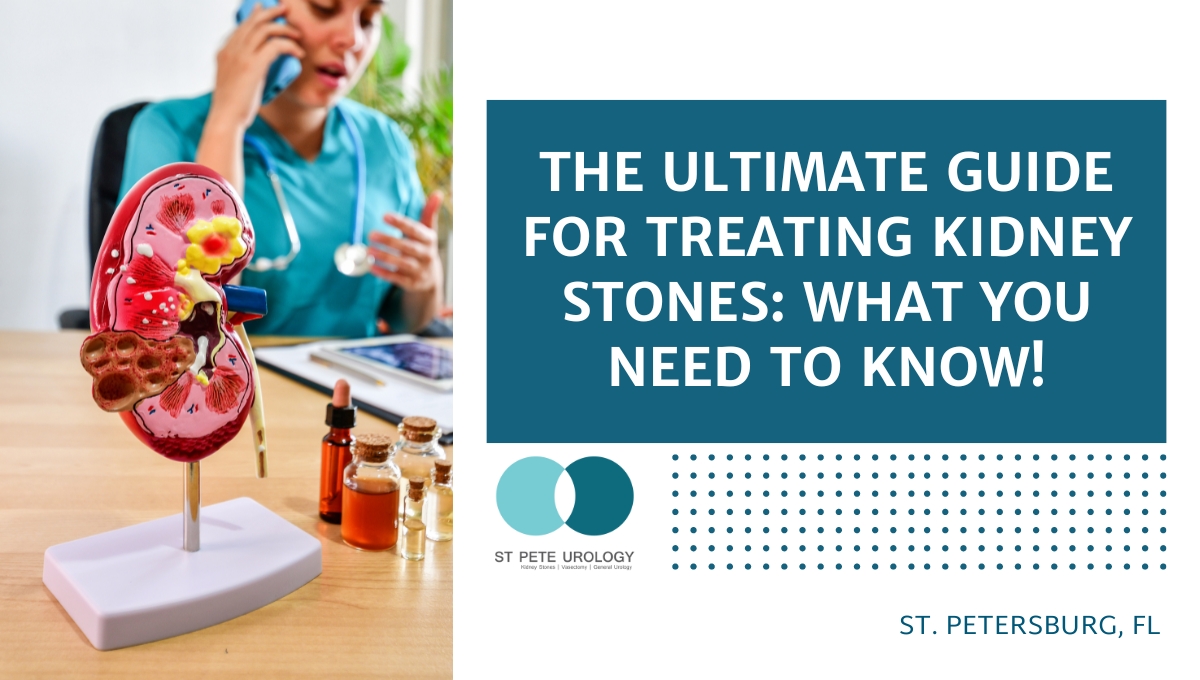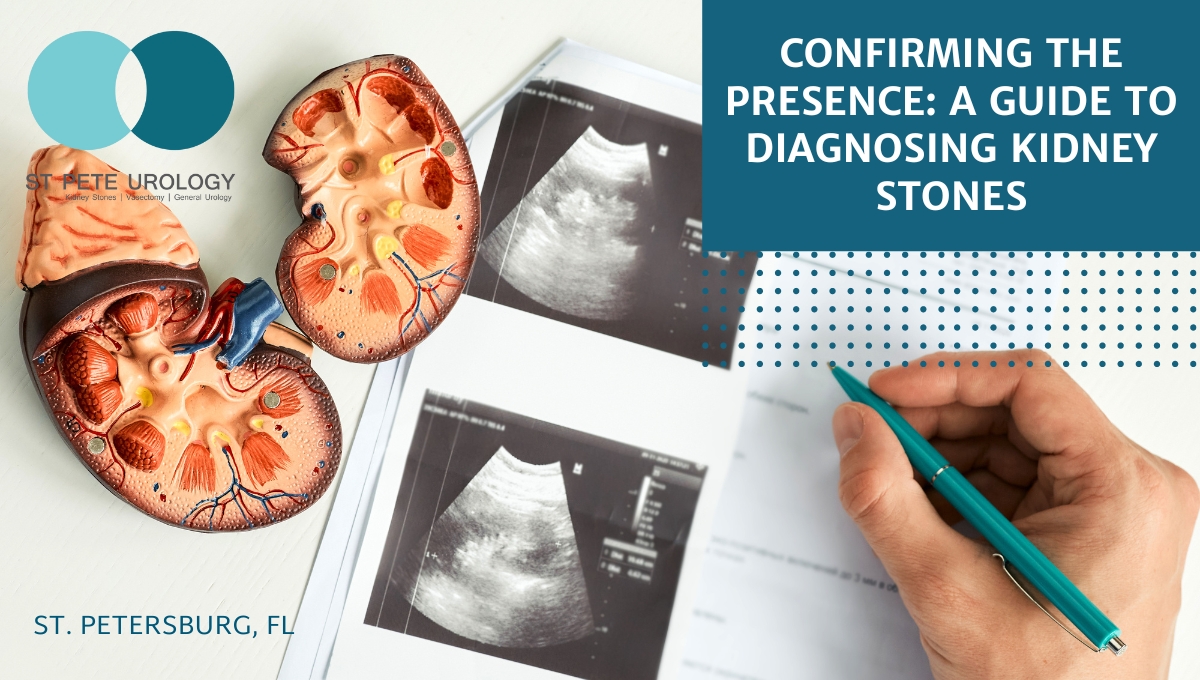Key Takeaways:
- There are several types of kidney stones, including calcium-based, struvite, uric acid, and cystine stones.
- The symptoms of kidney stones include pain, nausea, vomiting, and blood in the urine.
- The best way to prevent kidney stones is to maintain a balanced diet, reduce sodium and animal protein intake, and increase water consumption. Regular exercise can also have a positive effect on kidney health.
 You might have heard the term “kidney stones” before, but do you know what it means? And more importantly, do you know that there are different types of kidney stones, some of which may be more dangerous than others? In this article, you’ll learn about the various types of kidney stones, their causes, symptoms, and treatment options. Keep reading to find out how you can help protect yourself from this painful condition.
You might have heard the term “kidney stones” before, but do you know what it means? And more importantly, do you know that there are different types of kidney stones, some of which may be more dangerous than others? In this article, you’ll learn about the various types of kidney stones, their causes, symptoms, and treatment options. Keep reading to find out how you can help protect yourself from this painful condition.
A kidney stone is a solid piece of material that forms in the kidney when substances in the urine become highly concentrated. There are several types of kidney stones, which have different causes and require different treatment approaches.
Causes of Kidney Stones
Several factors contribute to the development of kidney stones, including diet, dehydration, and infection. A diet high in sodium, animal protein, and sugar can increase the risk of kidney stone formation. When you don’t drink enough water, your urine becomes more concentrated, which can lead to kidney stones. Urinary tract infections can also cause certain types of kidney stones.
Types of Kidney Stones
1. Calcium-Based Kidney Stones: These are the most common type of kidney stones and occur when calcium combines with either oxalate or phosphate to form a solid mass. Calcium-based kidney stones can be caused by a high intake of oxalate-rich foods or excess intestinal absorption of calcium.
2. Struvite Kidney Stones: Infections often cause these stones, which are made up of magnesium, ammonium, and phosphate. Struvite stones can grow large quickly and are more common in women than men.
3. Uric Acid Kidney Stones: These stones form when there is too much uric acid in your urine. They can develop due to a high-protein diet, obesity, or genetic factors. Uric acid stones are more common in men than women.
4. Cystine Kidney Stones: These rare stones form in people who have a hereditary disorder called cystinuria, which causes excess cystine to leak into the urine. Cystine stones can be difficult to treat because they are resistant to many standard treatments.
Symptoms of Kidney Stones
You might not even realize you have a kidney stone until it causes significant pain. This pain, called renal colic, is typically felt in the back or side and can be sharp or crampy. Other symptoms of kidney stones include blood in the urine, nausea, vomiting, and frequent, painful urination.
Diagnosis of Kidney Stones
To diagnose kidney stones, your healthcare provider will likely perform a physical exam and take a detailed medical history. They may also order laboratory tests to check for blood, bacteria, and crystals in your urine, as well as imaging studies like X-rays, ultrasounds, or CT scans to visualize the kidney stones.
Treatment of Kidney Stones
Depending on the size and type of your kidney stones, your healthcare provider may recommend lifestyle changes, medication, or even surgery to treat them. Lifestyle changes could include increasing your water intake, adjusting your diet, and getting regular exercise. Medications can help dissolve or prevent the formation of certain types of kidney stones. In more severe cases or if the stones are too large, your healthcare provider may recommend surgical intervention to remove the stones.
Prevention of Kidney Stones
To help prevent kidney stones, it’s crucial to maintain a balanced diet and stay adequately hydrated. Reducing your sodium and animal protein intake, avoiding high-oxalate foods, and increasing your water consumption can all help lower your risk of developing kidney stones. Regular exercise can also have a positive effect on kidney health.
In conclusion, it’s essential to be aware of the different types of kidney stones, their causes, and how to treat them. Taking the necessary steps to prevent kidney stones can save you from experiencing the pain and discomfort associated with them. If you’re in the St. Petersburg, Florida area and think you might have kidney stones or want to learn more about prevention, consider reaching out to the experts at St Pete Urology. They specialize in diagnosing and treating a variety of urological conditions, including kidney stones, and can help get you on the path to better health.
References:
- “What Causes Kidney Stones? 12 Possible Causes – WebMD.” 2 Sep. 2022, https://www.webmd.com/kidney-stones/kidney-stone-causes.
- “Types of Kidney Stones – NYU Langone Health.” https://nyulangone.org/conditions/kidney-stones/types.
- “Kidney Stones (Nephrolithiasis) – Symptoms and Causes.” https://www.pennmedicine.org/for-patients-and-visitors/patient-information/conditions-treated-a-to-z/kidney-stones.



 Kidney stones
Kidney stones
 Testicular cancer is thought to be one of the most curable forms of cancer, and early detection is key. Unfortunately,
Testicular cancer is thought to be one of the most curable forms of cancer, and early detection is key. Unfortunately, 
 Kidney stones are one of the most
Kidney stones are one of the most 
 Testicular cancer
Testicular cancer
 Kidney stones, also known as renal calculi, are mineral deposits that form in the kidneys that can cause pain and discomfort. It is important to understand the causes, symptoms, diagnosis, and
Kidney stones, also known as renal calculi, are mineral deposits that form in the kidneys that can cause pain and discomfort. It is important to understand the causes, symptoms, diagnosis, and 
 Are you experiencing any of the symptoms of
Are you experiencing any of the symptoms of 
 Kidney stones
Kidney stones
 Are you at risk of developing
Are you at risk of developing 
 Having a condition like an
Having a condition like an